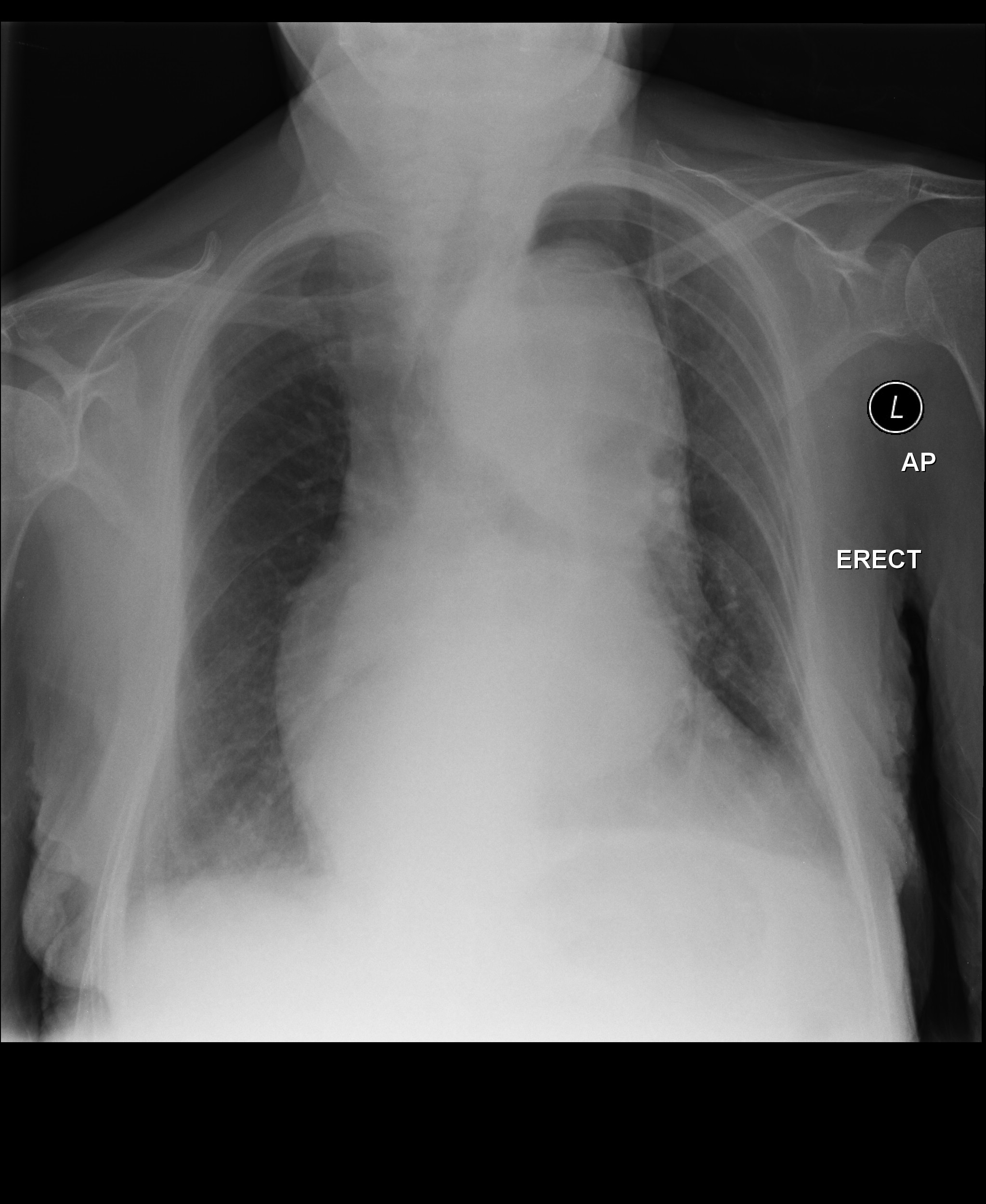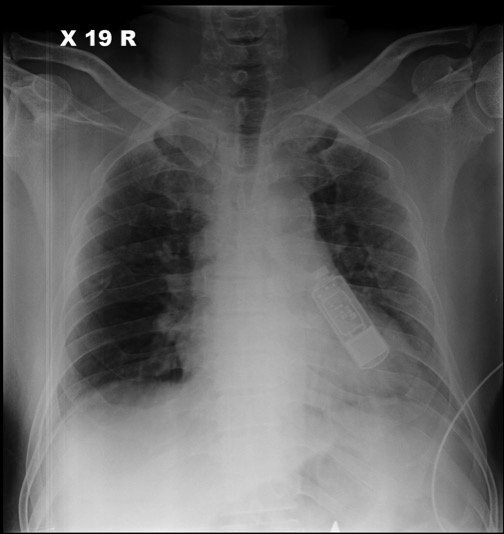Sandbox Jose2
Overview
COVID-19-associated multisystem inflammatory syndrome (also known as PIMS-TS - pediatric inflammatory multisystem syndrome temporally with SARS-CoV2 infection or MIS-C - multisystem inflammatory syndrome in children) is an uncommon clinical entity caused by SARS-CoV2 and seen mostly on children. It presents with: fever > 3 days and elevated markers of inflammation and 2 of the following 5 criteria: rash or conjunctivitis; hypotension or shock; myocardial dysfunction, pericarditis, valvulitis or coronary abnormalities; evidence of coagulopathy and/or acute gastrointestinal problems along with evidence of COVID-19. It seems to be a severe form of COVID-19 in children presenting with symptoms that can be challenging to differentiate from other pediatric infectious diseases such as toxic shock syndrome and Kawasaki disease. The pathophysiology of this form of SARS-CoV2 infection remains unknown.
Historical Perspective
- Reports of a new febrile pediatric entity began to appear in late April 2020 during the COVID-19 pandemic in the Western Europe, characterized by systemic hyperinflammation, abdominal pain with gastrointestinal symptoms and multiorgan involvement affecting especially the myocardium causing cardiogenic shock which reminded the physicians of Kawasaki disease;[1]
- Cases of children with such symptoms were quickly identified in the New York City area, which was then the most heavily affected city in the U.S. by the COVID-19 pandemic;[1]
- A report of 8 cases from Evelina London Children's Hospital was published on 6 May 2020, showing very prominent markers of inflammation such as ferritin, D-dimers, triglycerides, elevated cardiac enzymes, high NT-pro-BNP levels and troponin, being empirically treated with IVIG;[1]
- In 22 May, an article from the Journal of Pediatric Infectious Diseases Society addressed some of the similarities and differences of this new entity with Kawasaki's disease, noting that the demographics affected was significantly different, as it was not seen in Asia despite the pandemic also affecting such countries, but it was affecting mostly children of African ethnicity. The author also differentiated some of the laboratory findings, resembling the macrophage activation syndrome and not Kawasaki's disease.[1]
Classification of Disease Severity of COVID-19-associated multisystem inflammatory syndrome
- There is no established system for the classification of COVID-19-associated multisystem inflammatory syndrome.
Pathophysiology
- The exact pathophysiological mechanism of COVID-19-associated multisystem inflammatory syndrome is unclear.
- Since there is a lag time between COVID-19-associated multisystem inflammatory syndrome appearance and COVID-19 infection (median time: 25 days)[2] it is suspected to be a post-infectious phenomenon related to IgG antibody-mediated enhancement of disease. There are two arguments that support this theory: the presence of IgG antibodies against SARS-CoV2 and the presence of the lag time between COVID-19 symptoms and COVID-19-associated multisystem inflammatory syndrome.[3]
- There is, however, another theory that states that it is still an acute viral presentation of the disease due to the fact that children presenting with such symptoms undergone exploratory laparotomy which found mesenteric adenitis, supporting GI infection. SARS-CoV2 is also known to easily infect enterocytes. Another interesting point to consider is that the worsening of illness has not been seen in patients with COVID-19 who are treated with convalescent plasma, which could have occurred if it was an antibody-mediated enhancement.[3]
- There is another hypothesis for the cytokine storm seen on children with COVID-19-associated multisystem inflammatory syndrome is originated from the known ability of coronaviruses to block type I and type III interferon responses, delaying the cytokine storm in patients that could not control the viral replication on earlier phases of the disease.[3]
Differentiating Any Disease from other disease
- Children who met criteria for COVID-19-associated multisystem inflammatory syndrome presented features that overlapped with the ones seen on Kawasaki's disease and toxic shock syndrome, such as conjunctival injection, oropharyngeal findings (red and/or cracked lips, strawberry tongue), rash, swollen and/or erythematous hands and feet, and cervical lymphadenopathy.[4]
- PCR tests for SARS-CoV-2 were positive in the minority of cases (26%), while the IgG antibody was positive in most patients (87%)[4] and it remains as the preferred laboratory test for differentiating such diseases;
- The first cases of COVID-19-associated multisystem inflammatory syndrome presented with: unrelenting fever (38–40°C), conjunctivitis, cutaneous rash, peripheral edema, extremity pain and remarkable gastrointestinal symptoms. Most didn't have any respiratory symptoms, and all progressed to warm vasoplegic shock, refractory to volume resuscitation demanding vasopressors for hemodynamic support.[5]
- Serum IL-6 level was elevated in most patients. IL-2R, IL-18, and CXCL 9 levels were elevated in all patients of a cohort and mildly increased IFN-γ and IL-8 levels in some.
- TNF-α, IL-1b, IL-2, IL-4, IL-5, and IL-13 levels remained normal in one in a series of cases from New York City.[6]
| Parameters | COVID-19-associated multisystem inflammatory syndrome (PIMS-TS) | Kawasaki Disease (KD) | Kawasaki Disease Shock (KDS) | Toxic Shock Syndrome (TSS) |
|---|---|---|---|---|
| Age (median, IQR) | 9 (5.7-14) | 2.7 (1.4-4.7) | 3.8 (0.2-18) | 7.38 (2.4-15.4) |
| Total white cell count (*10^9/L) | 17 (12-22) | 13.4 (10.5-17.3) | 12.1 (7.9-15.5) | 15.6 (7.5-20) |
| Neutrophil count (*10^9/L) | 13 (10-19) | 7.2 (5.1-9.9) | 5.5 (3.2-10.3) | 16.4 (12-22) |
| Lymphocyte count (*10^9/L) | 0.8 (0.5-1.5) | 2.8 (1.5-4.4) | 1.6 (1-2.5) | 0.63 (0.41, 1.13) |
| Hemoglobin (g/L) | 92 (83-103) | 111.0 (105-119) | 107 (98-115) | 114 (98-130) |
| Platelet number (10^9/L) | 151 (104-210) | 365.0 (288-462) | 235 (138-352) | 155 (92- 255) |
| C-reactive protein (mg/L) | 229 (156-338) | 67.0(40-150) | 193 (83-237) | 201 (122, 317) |
| ALT (IU/L) | 42 (26-95) | 42.0 (24-112) | 73 (34-107) | 30.00 (22.10, 49.25) |
| Albumin (g/L) | 24 (21-27) | 38.0 (35-41) | 30 (27-35) | 27.00 (21.00, 31.00) |
| Ferritin (ug/L) | 610 (359-1280) | 200 (143-243) | 301 (228-337) | - |
| NT-Pro-BNP (pg/ml) | 788 (174-10548) | 41 (12-102) | 396 (57-1520) | - |
| Troponin (ng/L) | 45 (8-294) | 10.0 (10-20) | 10 (10-30) | - |
| D-dimer (ng/ml) | 3578 (2085- 8235) | 1650 (970-2660) | 2580 (1460- 2990) | - |
- Most patients presented with the following findings: elevated erythrocyte sedimentation rate or C-reactive protein level, elevated ferritin level, lymphocytopenia, hypoalbuminemia, neutrophilia, elevated alanine aminotransferase level, anemia, thrombocytopenia prolonged INR, elevated d-dimer level, or elevated fibrinogen level.[2]
Epidemiology and Demographics
Age
- Children aged age over 5 years seem to have a worse prognosis than younger ones.[7]
- The median age found out in a study published by JAMA was 9 years.[4]
Gender
Race
Comorbidities
- Clinical evidence of association with underlying diseases is still scarce since it is a rare presentation of COVID-19 in children and teenagers.[8]
References
- ↑ 1.0 1.1 1.2 1.3 Shulman, Stanford T. "Pediatric coronavirus disease-2019–associated multisystem inflammatory syndrome." Journal of the Pediatric Infectious Diseases Society (2020).
- ↑ 2.0 2.1 Feldstein, Leora R., et al. "Multisystem inflammatory syndrome in US children and adolescents." New England Journal of Medicine (2020).
- ↑ 3.0 3.1 3.2 Rowley, Anne H. "Understanding SARS-CoV-2-related multisystem inflammatory syndrome in children." Nature Reviews Immunology (2020): 1-2.
- ↑ 4.0 4.1 4.2 4.3 4.4 4.5 Whittaker E, Bamford A, Kenny J, et al; PMIS-TS Study Group; EUCLIDS and PERFORM Consortia. Clinical and laboratory characteristics of 58 children with a pediatric multisystem inflammatory syndrome temporally associated with SARSCoV-2. JAMA. doi:10.1001/jama.2020.10369
- ↑ 5.0 5.1 5.2 Riphagen, Shelley, et al. "Hyperinflammatory shock in children during COVID-19 pandemic." The Lancet 395.10237 (2020): 1607-1608.
- ↑ Cheung, Eva W., et al. "Multisystem Inflammatory Syndrome Related to COVID-19 in Previously Healthy Children and Adolescents in New York City." JAMA (2020).
- ↑ 7.0 7.1 Pouletty, Marie, et al. "Paediatric multisystem inflammatory syndrome temporally associated with SARS-CoV-2 mimicking Kawasaki disease (Kawa-COVID-19): a multicentre cohort." Annals of the Rheumatic Diseases (2020).
- ↑ "World Health Organization - Multisystem inflammatory syndrome in children and adolescents temporally related to COVID-19". WHO. 07/13/2020. Check date values in:
|date=(help)
External links
| Classification | [[d:Lua error in Module:WikidataIB/sandbox at line 2057: attempt to index field 'wikibase' (a nil value). |D]] |
|---|---|
| External resources |
| Wikimedia Commons has media related to [[commons:Lua error in Module:WikidataIB at line 428: attempt to index field 'wikibase' (a nil value).|Lua error in Module:WikidataIB at line 428: attempt to index field 'wikibase' (a nil value).]]. |
Lua error in Module:Authority_control at line 788: attempt to index field 'wikibase' (a nil value).

| Syncope classification | |||||||||||||||||||||||||||||
| Vasovagal | |||||||||||||||||||||||||||||
| Micturation | cough | ||||||||||||||||||||||||||||
| xxxx | KKKKKKK | yyyyy | |||||||||||||||||||||||||||

| Disease | Type | Sign | Symptom | ||
|---|---|---|---|---|---|
Syncope is classified into three categories:
| Disease Name | Age of Onset | Gender Preponderance | Signs/Symptoms | Imaging Feature(s) | Macroscopic Feature(s) | Microscopic Feature(s) | Laboratory Findings(s) | Other Feature(s) | ECG view |
|---|---|---|---|---|---|---|---|---|---|
- CS1 errors: dates
- Pages with script errors
- Commons category link from Wikidata
- Commons category link is on Wikidata using P373
- Use dmy dates from January 2011
- Articles with invalid date parameter in template
- Autosomal dominant disorders
- Genodermatoses
- Rare diseases
- Biology of attention deficit hyperactivity disorder
- Autism
- Intellectual disability
- Biology of obsessive–compulsive disorder
- Disorders causing seizures